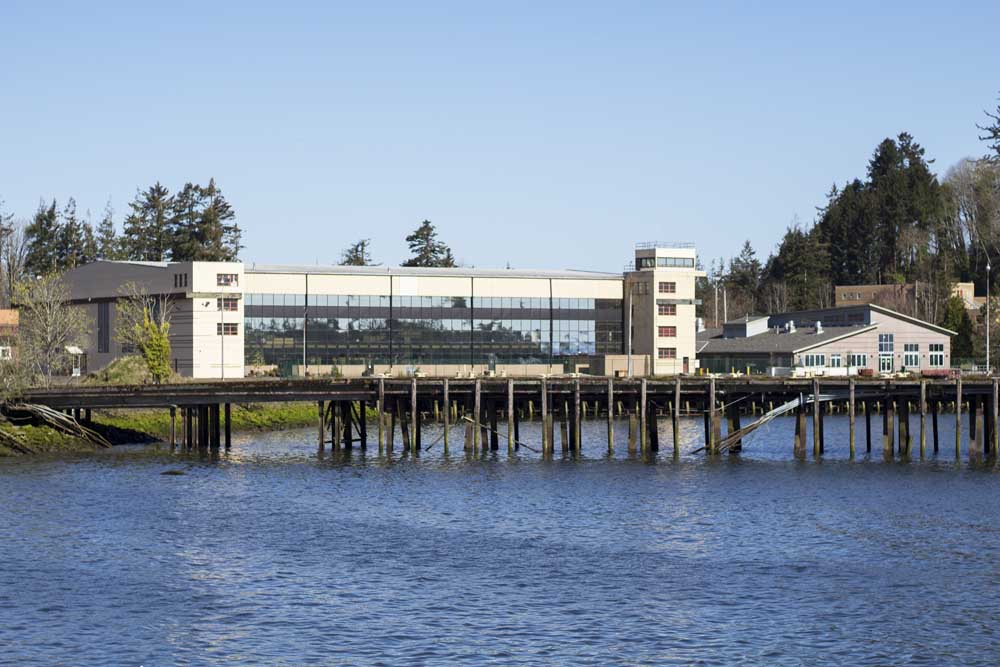Editor’s Notebook: Maps transport us to far-off places and times
Published 4:14 pm Tuesday, June 3, 2025
It’s dumb to make gender-based generalizations and obviously silly to say boys don’t cry or only girls like pink. Even so, in my experience, men and boys are far more enthralled by maps than girls and women are.
Though not even a tiny fraction as smart or (I hope) as weird as flag-obsessed Sheldon Cooper on “Big Bang Theory,” I’ve loved maps with almost equal zeal since age 8 or so, starting with the wonderful ones included in National Geographic. Poring over obscure places — oh how I longed to visit Mount Erebus — kept me awake on many snowy nights. I designed a rigid-body helium airship to circumnavigate earth from north to south and still picture silently sailing high above Ross Island and the Transantarctic Mountains.
I’ve been on the mailing list for London map dealer Barry Lawrence Ruderman for more decades than I care to think about. Window shop at www.raremaps.com.
One of the inescapable truths of life is that no matter how much of anything you collect, someone else — and often many someones — has more. Even so, my minor jumble of maps and nautical charts feels a little obsessive. Sadly, probably just one more thing for our kids to dump in an estate sale someday…
What makes a map
Aside from feeding fantasies about faraway places, why are maps interesting?
First of all, they are primarily pragmatic tools — complex symbols that show us how to get where we want to go. Possibly as early as 20,000 years ago, our ancestors began recording the location of good hunting on the walls of Lascaux cave in France — the ancient equivalent of the Google Maps we use today to find the best Mexican restaurant near our car.
Maps can be exquisite art objects. The most famous of these come from the time of early European exploration and just before, with the circa 1300 Mappa Mundi in England’s Hereford Cathedral (www.themappamundi.co.uk) being considered “one of the world’s unique medieval treasures.”
For me, they especially evoke courage and hard work, for example by the Lewis and Clark Expedition, or by the nearly forgotten federal employees of the U.S. Coast Survey who bravely sailed West Coast waters starting in 1850. Coast survey work was incredibly tough and technical, but must also have been an exciting adventure, never knowing what amazing sights lay around the next headland.
Well intentioned as I hope they were, White mapmakers were also, in a sense, robbers. Their acts of measuring and naming were a claim to lands that had been owned by others for many centuries. According to some ancient philosophers, assigning a name to even one thing inevitably leads to naming a second, a third and then thousands more. This is quite a lot like the act of surveying, which uses a cascading series of precisely measured triangles to build accurate representations of reality.
‘Columbia’s Gateway’
What set me off on this essay was the discovery in our office of a set of decent facsimiles of 45 charts and maps prepared by the Oregon Historical Society in the 1970s for the Pacific Northwest River Basins Commission. These “record man’s activity on the estuary from the time that explorers first viewed, with a mixture of awe and terror, the mouth of the Columbia River,” commission Chairman Mel Gordon wrote.
Several items in this “Columbia’s Gateway” assemblage are familiar to anybody who studies regional history, while others are genuinely rare. I was particularly engrossed by a map of “Early Indian Sites.”
The Chinook/Clatsop people lived here beginning thousands of years ago. The names they gave things still reverberate on some level, like chisel marks on a giant cedar. And yet we have scant knowledge of these names, the tribe having been driven to the brink of extinction almost before anyone could record their words. (Malaria, unknown here in recent times, killed 80 to 90% of the local Native population between 1829 and 1832.)
The vibrant, very alive Chinook Indian Nation will no doubt recognize inaccuracies, but what seems important is how this map suggests how crowded our area was with names that were every bit as meaningful to people 250 years ago as our smartphone map is to us today.
Acknowledging these old names, brought back to a kind of ghostly semi-life by this map, is an honorable symbol of respect — one that should enhance our appreciation of this exceptional place where people have lived for so very, very long.
Matt Winters is regional editor of The Astorian, Seaside Signal and the Chinook Observer.






